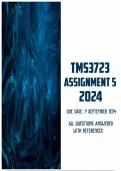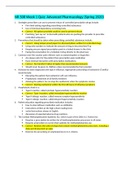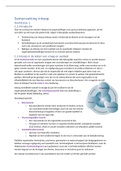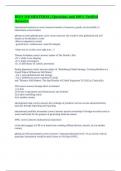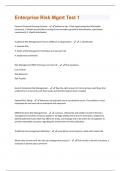Exam (elaborations)
TMS3723 Assignment 5 2024 | Due 9 September 2024
- Institution
- University Of South Africa (Unisa)
TMS3723 Assignment 5 2024 | Due 9 September 2024. All questions answered with references. 1. How can problem-based learning be used to encourage students to think critically and creatively and to develop their teamwork and communication skills? 2. How can context-based learning be effectively ...
[Show more]
